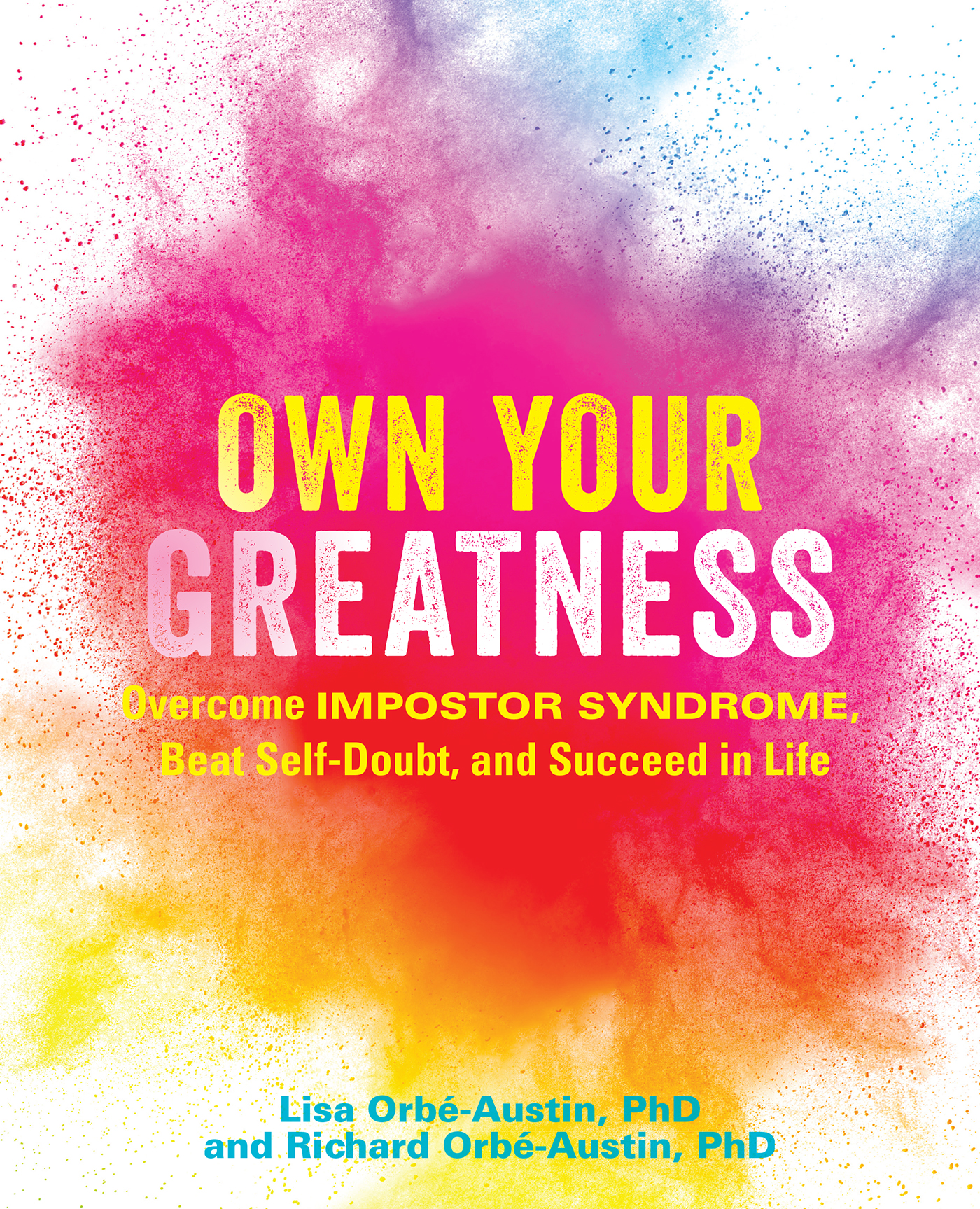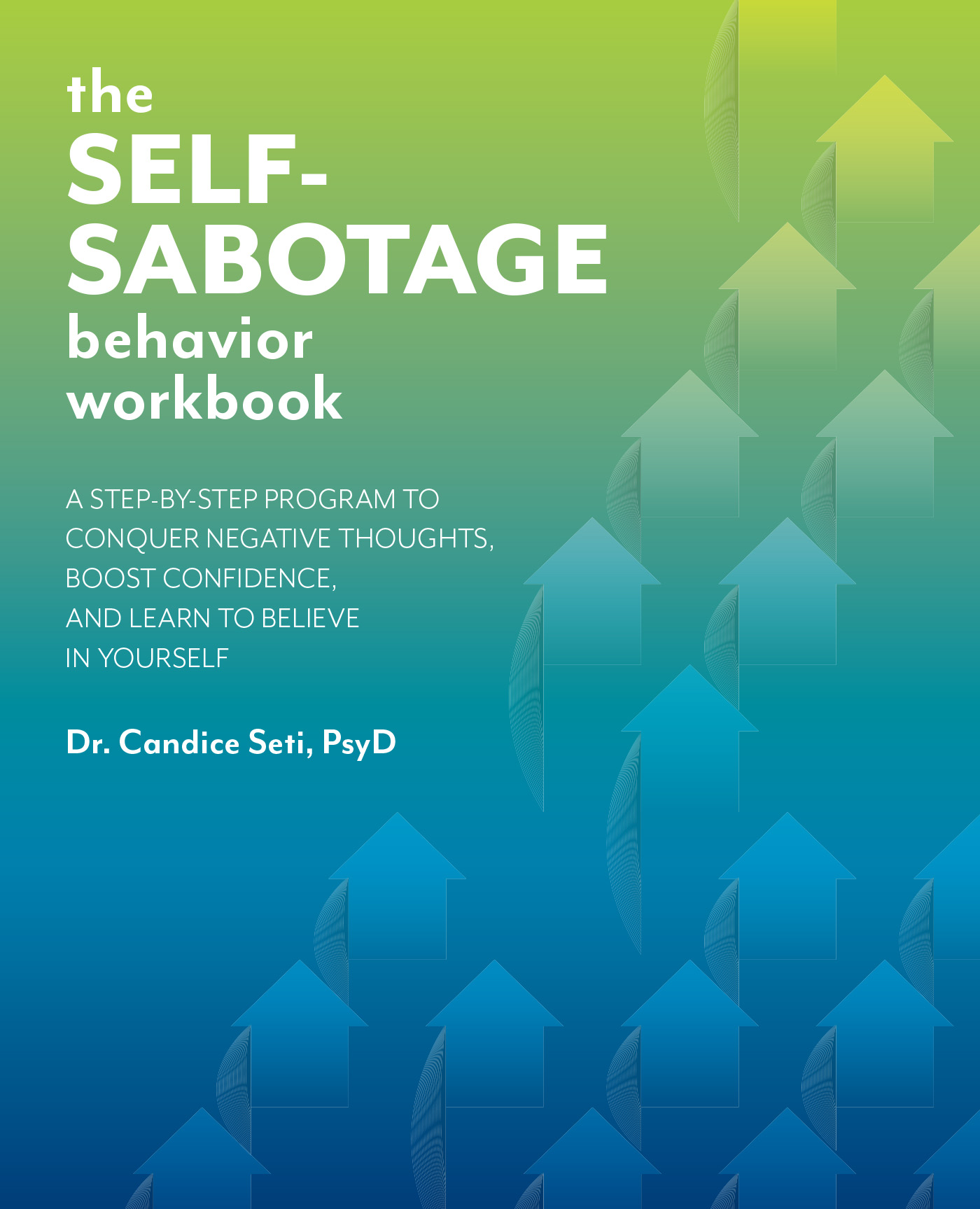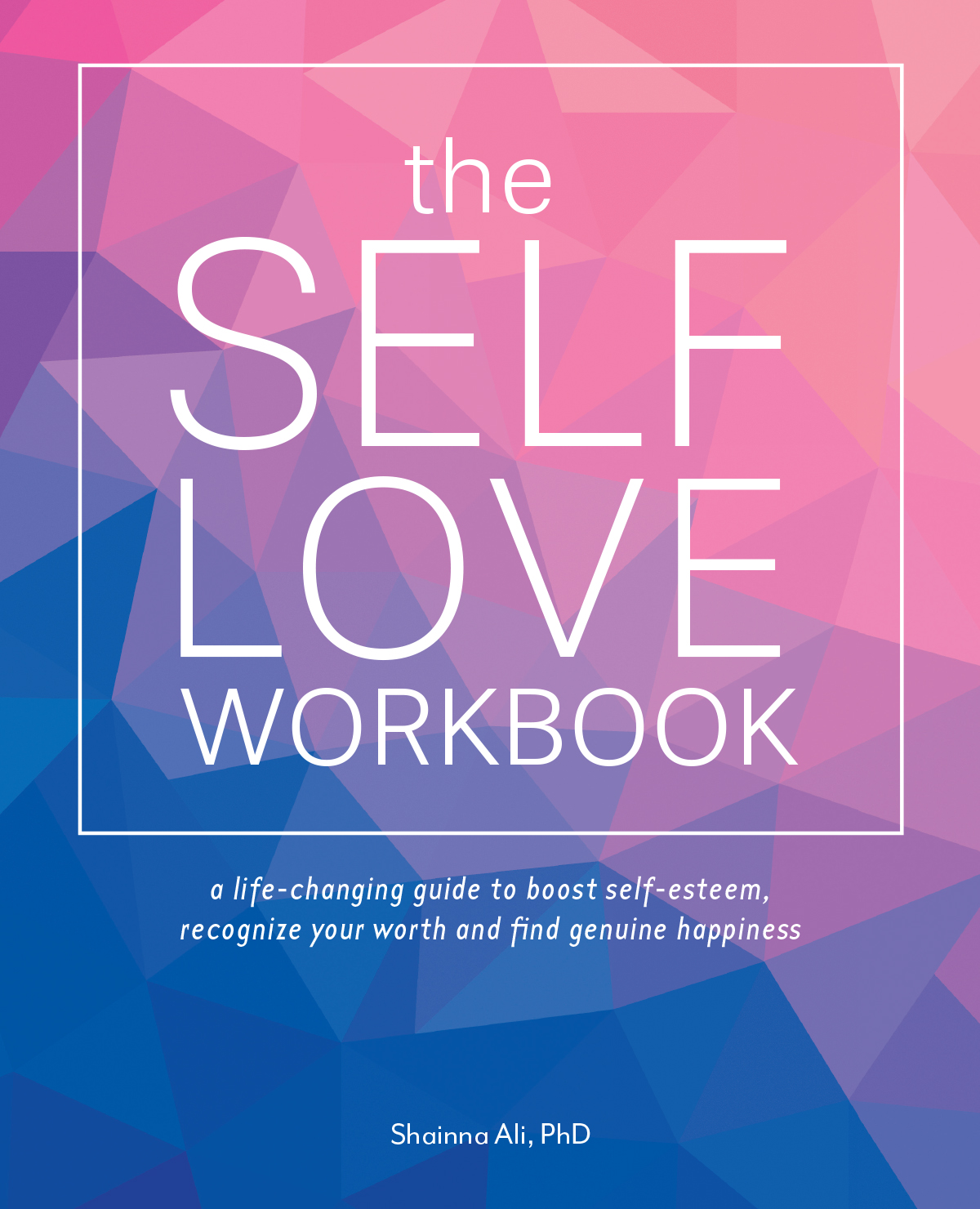
How to Prevent Burnout and Activate Your Unstoppable Greatness!
- Book Sample
Have you ever felt stuck at your job? Or burned out due to a toxic work environment? When you struggle with impostor syndrome and feel like a fraud, it can become easy to get trapped into an unhealthy cycle in your career and lose focus of your goals. Taking this next step in overcoming your impostor syndrome will encourage you to feel confident about your accomplishments, skills, and abilities in order to achieve a successful life. Filled with helpful tips, self-reflection exercises, and key takeaways, learn how to prevent burnout, overcome impostor syndrome, and achieve Your Unstoppable Greatness!
Find an excerpt from Chapter 3 on the myths, causes, and practices to prevent burnout.

Myths about Burnout
Unfortunately, despite constant popular media discussions about burnout, there are still some persistent myths that make it difficult for individuals to address their burnout. Some of the most prevalent are:
Myth 1: Once you experience burnout, you will never experience it again. The reality is that once you experience burnout you’re actually more susceptible to experiencing it again. Therefore, it’s important to understand the causes of your burnout so you can focus on recovery by addressing those causes—and then increasing your self-care to prevent it from happening again.
Myth 2: It will go away after a nice long vacation. Although a vacation is helpful, burnout is more than just being extremely tired and needing a break. You should definitely take time off, but during that break it would be good to consider how you’re going to intervene or work on particular issues that are responsible for the burnout. Once you return to work, it will be critical to address those issues, like establishing firm time boundaries, setting clear work expectations, creating a reasonable workload with your manager, and providing a sense of control to prevent chronic burnout.
Myth 3: Only people who are weak or who don’t know how to work hard experience burnout. This myth is particularly troubling, since it attempts to shame people who experience burnout in a way that prevents them from trying to adequately remedy it. A 2021 Gallup study found that 74 percent of employees reported experiencing burnout. Therefore, it’s clear that this is not about people being weak or not being able to work hard. Burnout is both an individual and a systemic issue.
Causes of Burnout
It’s important to identify the causes of your burnout so you can feel a sense of agency about possible interventions and be strategic about your plans to overcome it. While this list is not exhaustive, hopefully it gives you an opportunity to reflect on what may be impacting your burnout:
Unclear work expectations: When you’re unsure about the priorities of your role, you can easily overwork by making everything a priority.
Work-life imbalance: When a larger portion of your time is focused on work, and there is little or no leisure or personal time, this can lead to burnout.
Lack of control: If you don’t feel a sense of autonomy to determine your work schedule or the nature of your work, that lack of control can cause burnout.
Lack of social support: Another cause is feeling you don’t have sufficient social support, either at work or outside of work.
Dysfunctional work dynamics: a toxic boss or coworker, unreasonable time pressures, too large of a workload, being treated unfairly (e.g., fewer preferable assignments, more critical feedback), high levels of conflict among team members, and factionalism—where you are constantly forced to pick sides between different cliques.
High-performer overload: Elaborating on the heavy workload angle: sometimes the star performers are tasked with more work.
Identifying Burnout Practices
In order to address our burnout, we also need to first identify the burnout practices in which we engage. Burnout practices are those behaviors that lead us to overwork, ignore our self-care, and push us to the brink of burnout time and again. Some of us maintain this overwork mentality because we believe it is this type of behavior that made us successful. Even those of us who’ve conquered our impostor syndrome can still be fearful of letting these burnout practices go under the false assumption that, without them, we’d be unable to maintain our level of success. Some of these practices include:
Never taking a break during the workday.
Constantly checking emails and notifications during the weekends and after work hours—even when there are no pressing issues.
Never using sick days and never taking a vacation or PTO—as though such dedication to the job were a badge of honor.
(Demonstratively) working when you’re sick—“presenteeism.”
Taking pride in being the person who works the most hours on your team.
Believing that the only way to show that you’re doing a good job is by working yourself to the point of near collapse.
When your impostor syndrome is triggered, it is easy to resort to the burnout practices you know best. Breaking free of burnout practices and giving up perfectionism are key aspects of protecting your dream. Even after defeating impostor syndrome, you may continue to struggle with holding on to unhealthy and dysfunctional habits. By utilizing the strategies in this chapter, you can eliminate such behaviors, increase your overall well-being, and protect the dreams you’ve established on your path to a life free of impostor syndrome.
Overcoming impostor syndrome is a journey. Take the next step to achieve a happier, more fulfilling career. For more information and access to the complete program, check out the full Your Unstoppable Greatness!
Your Unstoppable Greatness
Discover how to overcome fear, build confidence in who you are, and celebrate your accomplishments through the interactive activities and life-changing advice in this easy-to-use, guided workbook. Have you ever felt stuck at your job? Or burned out due to a toxic work environment When you struggle with Impostor Syndrome and feel like a
Learn more










